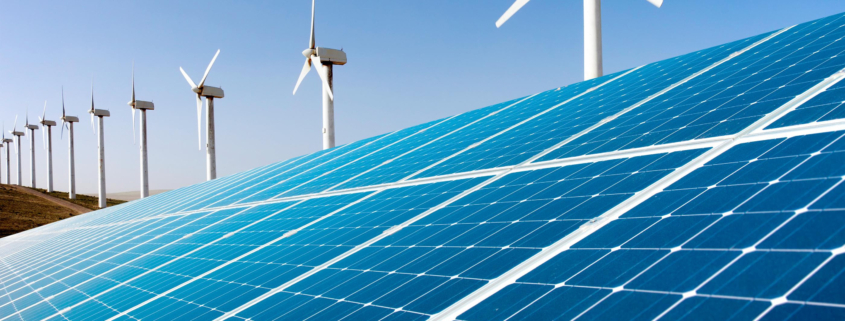In a New Infrastructure Plan, Biden’s Department of Energy Focuses on Cleaner Building Development
The Biden administration has proposed many plans to reduce the United States’ carbon footprint since coming into office. This is becoming more concrete as the Department of Energy has released a comprehensive plan and an announcement of $30 million dollars in funding to pivot into the construction of greener buildings. What exactly does the plan consist of and does it look promising as an effort to increase energy efficiency?
An Extension of the DOE’s Better Buildings Initiative
This new plan is built upon the DOE’s Better Buildings Initiative, which was launched about a decade ago. It was announced recently that the initiative had a sizeable impact by helping save $13.5 billion in energy costs and more than 130 million metric tons of carbon emissions through reduced energy and water consumption in the last year.
To boost this initiative’s influence, the department aims for there to be an even heavier focus into cleaner buildings. Among the new partnerships with local governments are a low-carbon buildings pilot with the U.S. Department of Housing and Urban Development, efforts to increase market adoption of grid-connected heat pump water heaters in residential and commercial buildings, and the EPA’s ENERGY STAR Home Upgrade program aspiring to improve efficiency in residential households that normally would not have access to greener solutions.
Why The Shift?
Both the Energy Secretary Jennifer Granholm and President of the Alliance to Save Energy (ASE) Paula Glover agree that the key to cutting the United States’ greenhouse gas emissions is in the energy usage of the country’s buildings. According to ASE, buildings make up about 40% of U.S. energy consumption and greenhouse gas emissions. This fact is the reasoning behind the administration’s increased funding into greener infrastructure.
The DOE’s report finds that one of the new aspects of the initiative, grid-interactive buildings, could decrease power sector emissions by 6% annually by 2030. These energy efficient buildings use smart technology that optimize energy use according to the needs and preferences of the grid services and its occupants. They also cite high goals such as tripling 2020’s levels of energy efficiency and demand flexibility, of the buildings sector by 2030.
Doo Consulting has been ahead of the curve, focusing on the construction of greener buildings since 2007. Among our specializations is Green Building Certification for a multitude of rating systems such as LEED, Green Globes, the International Green Construction Code, and the National Green Building Standard. Contact us if you are also interested in joining the effort to reduce energy usage and carbon emissions in buildings.

